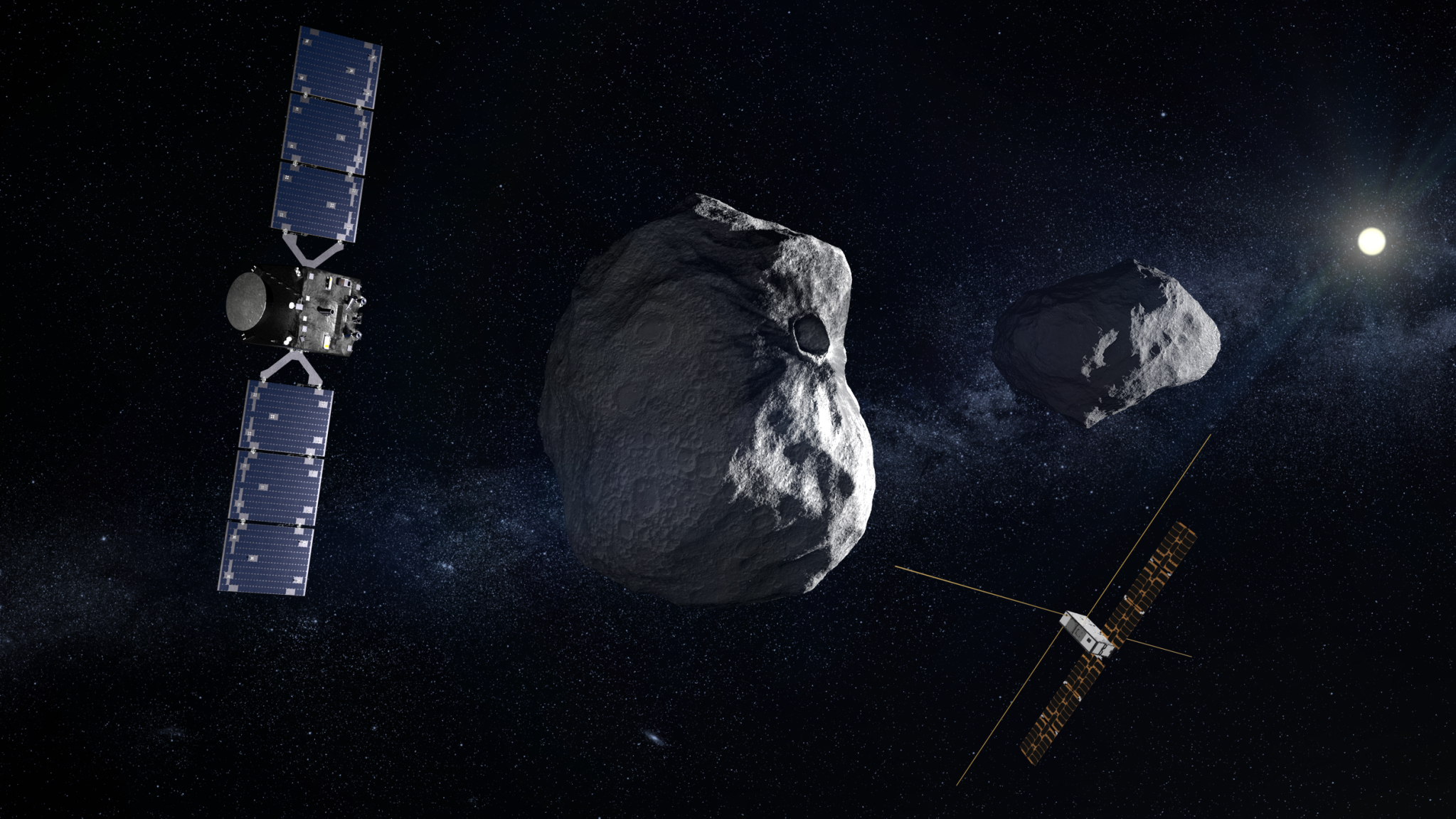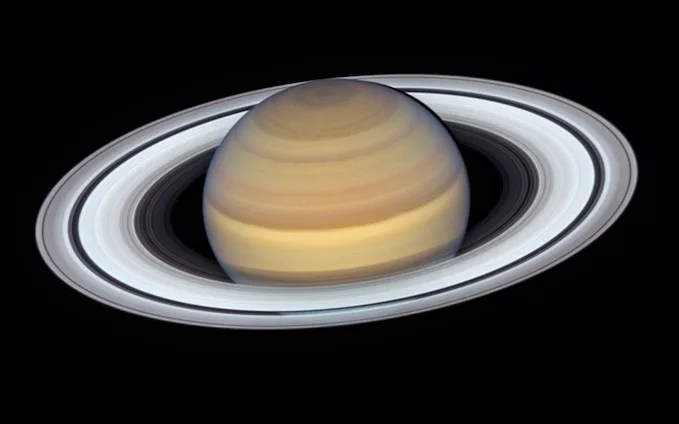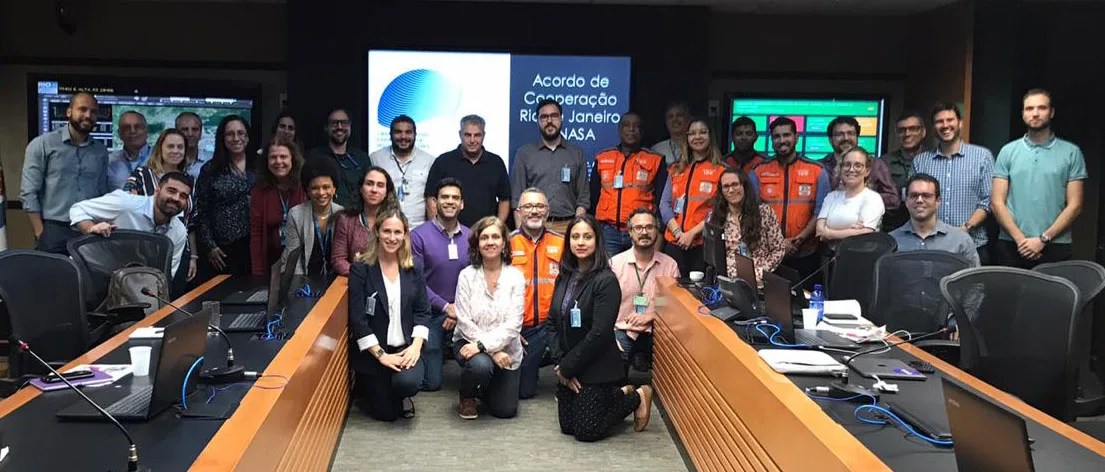NASA has selected 12 participating scientists to join ESA’s (European Space Agency) Hera mission, which is scheduled to launch in October 2024. Hera will study the binary asteroid system Didymos, including the moonlet Dimorphos, which was impacted by NASA’s DART (Double Asteroid Redirection Test) spacecraft on Sept. 26, 2022. The objectives of DART and Hera collectively aim to validate the kinetic impact method as a technology to deflect an asteroid on a collision course with Earth, if one is ever discovered, and to learn more about the near-Earth asteroids that are the source of this natural hazard.
Hera is scheduled to arrive at the Didymos/Dimorphos binary asteroid system at the end of 2026, where it will gather otherwise unobtainable data about the mass and makeup of both bodies and assess the changes caused by the DART spacecraft’s kinetic impact.
The goal of NASA’s Hera Participating Scientist Program is to support scientists at U.S. institutions to participate on the Hera mission and address outstanding questions in planetary defense and near-Earth asteroid science. The participating scientists will become Hera science team members during their 5-year tenure with the mission.
The newly selected participating scientists are:
- Bonnie Buratti – NASA’s Jet Propulsion Laboratory, Southern California
- Ingrid Daubar – Brown University, Providence, Rhode Island
- Carolyn Ernst – Johns Hopkins Applied Physics Laboratory
- Dawn Graninger – Johns Hopkins University Applied Physics Laboratory
- Mark Haynes – NASA JPL
- Masatoshi Hirabayashi – Georgia Institute of Technology, Atlanta
- Tim Lister – Las Cumbres Observatory, Goleta, California
- Ryan Park – NASA JPL
- Andrew Rivkin – Johns Hopkins Applied Physics Laboratory
- Daniel Scheeres – University of Colorado, Boulder
- Timothy Titus – U.S. Geological Survey, Flagstaff, Arizona
- Yun Zhang – University of Michigan, Ann Arbor
DART was the first planetary defense test mission from NASA’s Planetary Defense Coordination Office, which oversees the agency’s ongoing efforts in planetary defense. International participation in DART and Hera, including the Hera Participating Scientist Program, has been enabled by an ongoing worldwide collaboration in the planetary defense research community known as the Asteroid Impact and Deflection Assessment.
DART was designed, built, and operated by the Johns Hopkins Applied Physics Laboratory (APL) in Laurel, Maryland, for NASA’s Planetary Defense Coordination Office, which oversees the agency’s ongoing efforts in planetary defense.
To learn more about NASA’s Planetary Defense Coordination Office, visit:
https://www.nasa.gov/planetarydefense
-end-
News Media Contact
Karen Fox / Charles Blue
NASA Headquarters
202-385-1287 / 202-802-5345
karen.c.fox@nasa.gov / charles.e.blue@nasa.gov


































